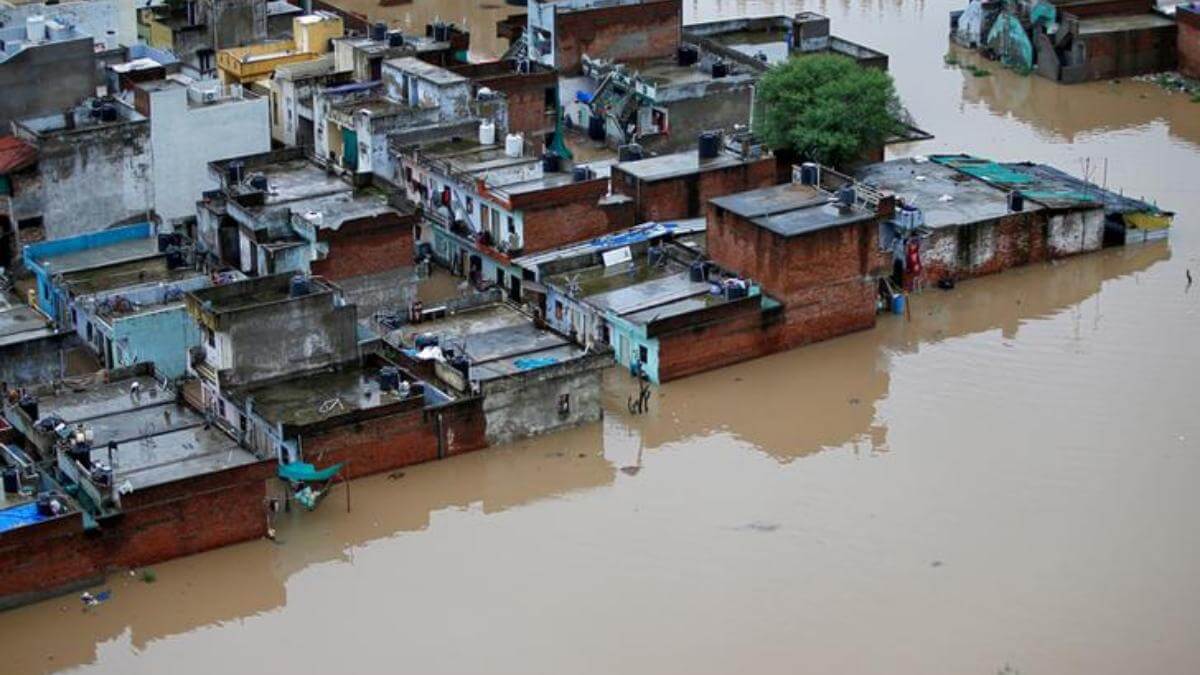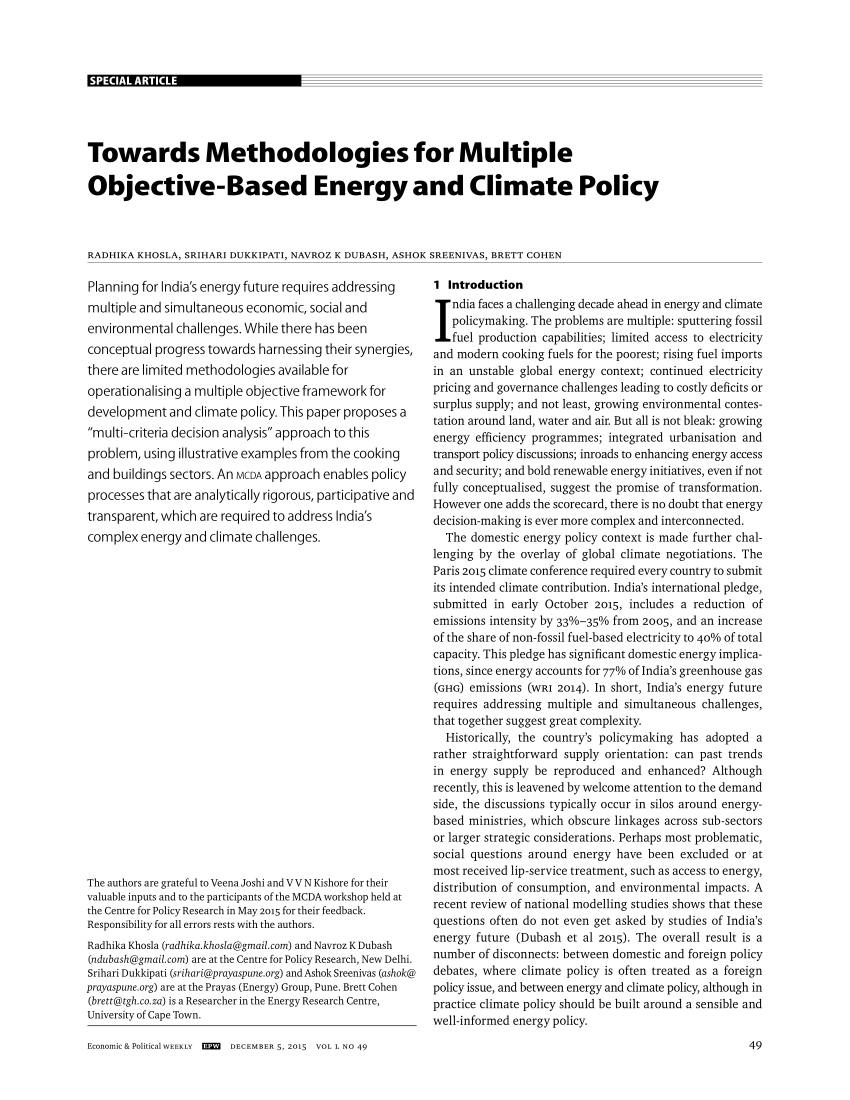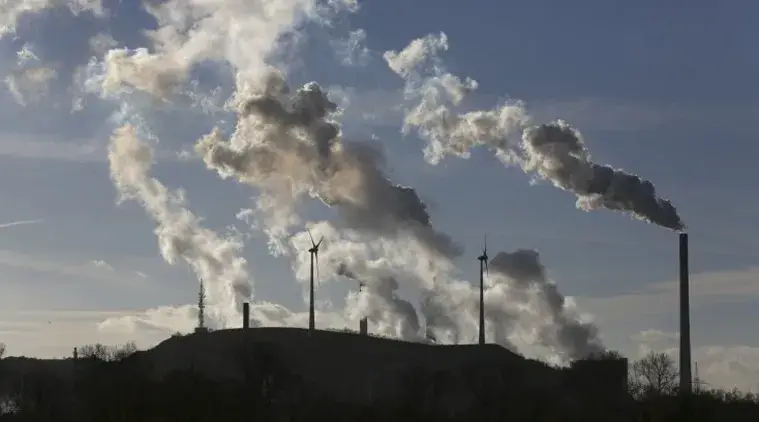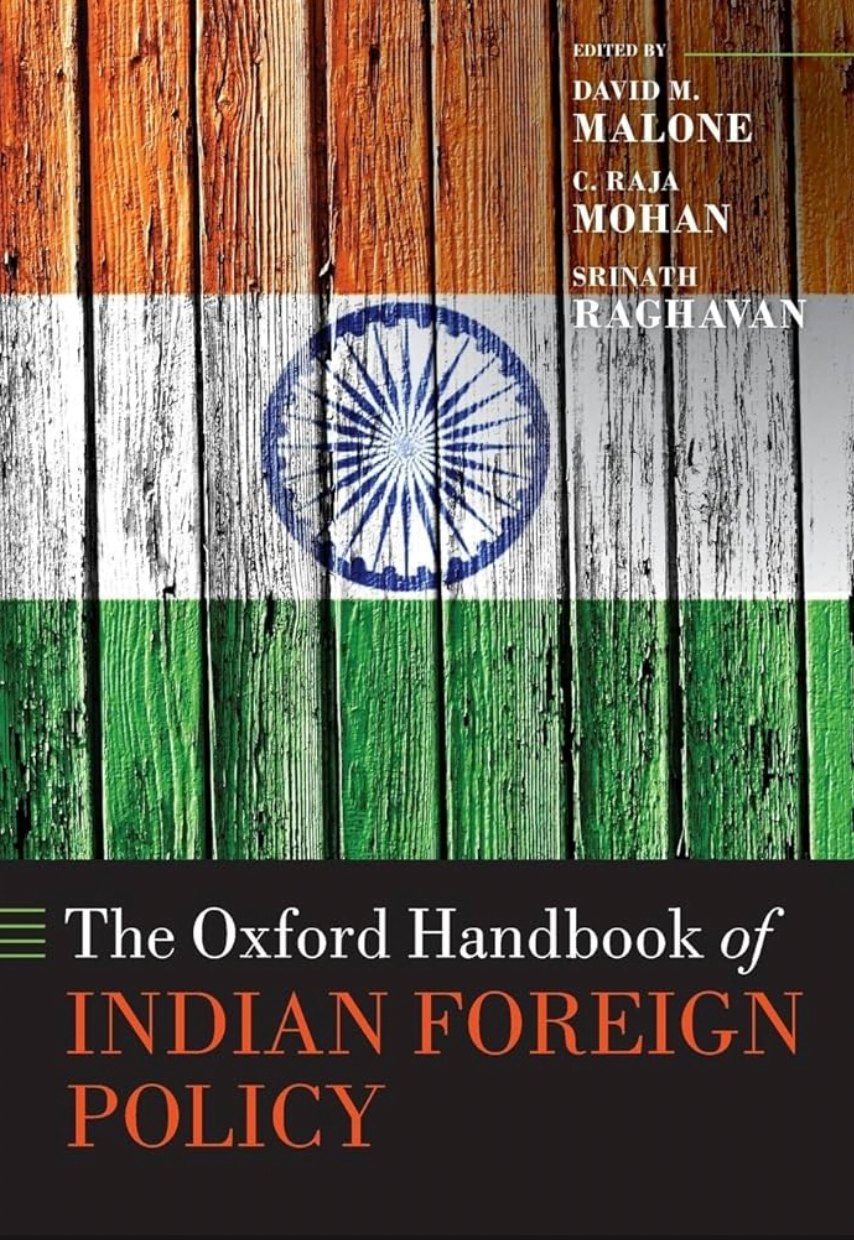Summary
In 2009, the Government of India asked all Indian states and Union Territories to prepare State Action Plans on Climate Change, making it one of the largest efforts at sub-national climate planning globally. Through an examination of state climate plans in five Indian states, the paper explores the implications of sub-national climate measures by examining two questions: First, how do state action plans on climate change link with India’s national and international climate efforts in the context of multi-level governance of climate change? Second, do these plans serve as laboratories of experimentation in addressing climate change? Through an empirically driven inductive analysis, the paper argues that because state climate plans, at least in the initial stages, followed a centrally driven, and sometimes ambiguous agenda, their scope and room to experiment was circumscribed. While they did initiate a process and a conversation, the scope and impact of the plans was limited because they tended to follow conventional bureaucratic planning processes and were limited by a central mandate. The plan process did create some space for local innovation, particularly by enterprising bureaucrats, but this was limited by both restricted space and time for innovation. As a result, the plans made only initial steps toward bringing climate-resilient sustainability to the forefront of state development planning. There is however scope for improvement as states and stakeholders begin examining the plans with a view to implement recommendations, finance projects and even consider fresh iterations.
Read more








